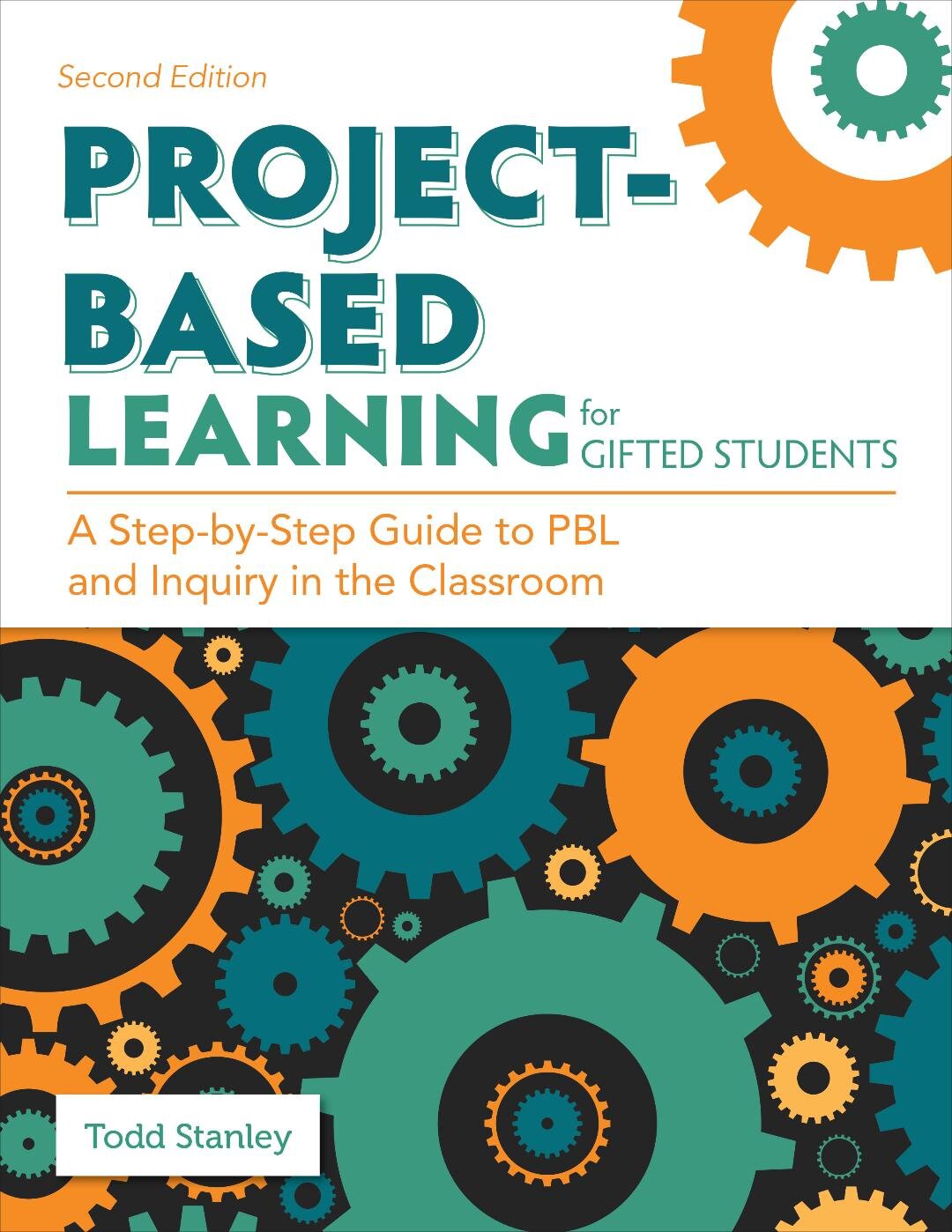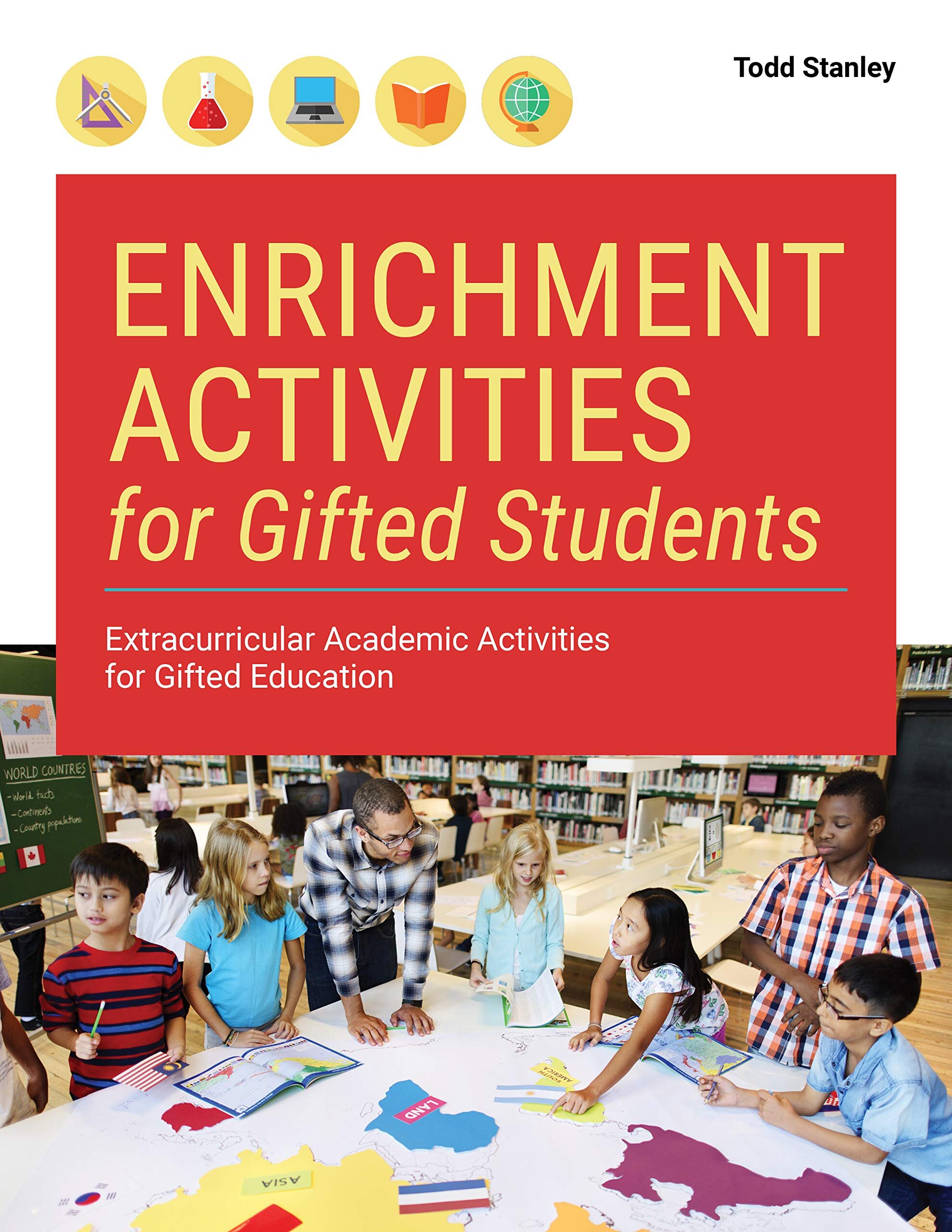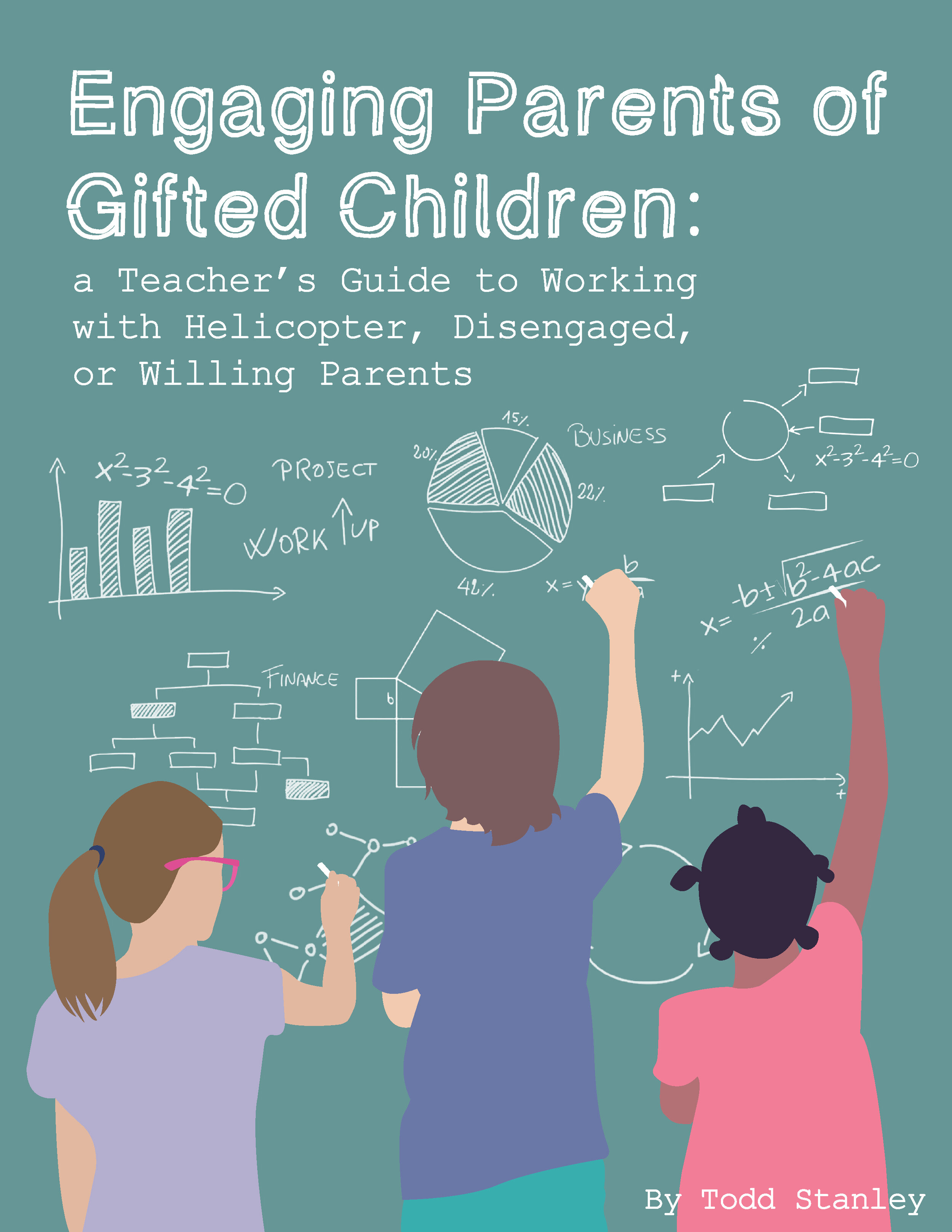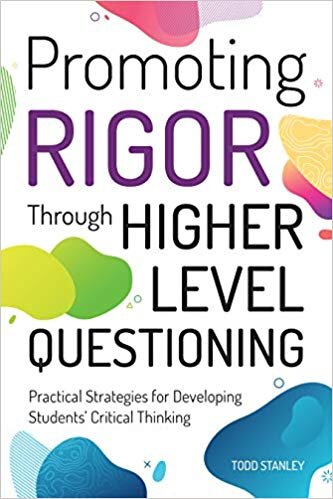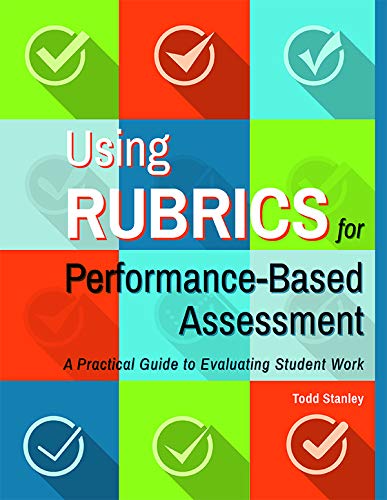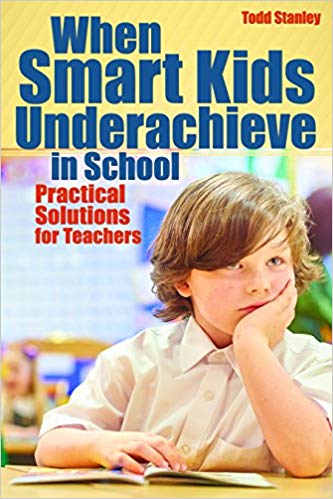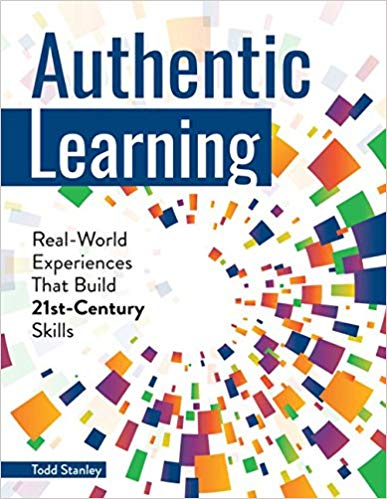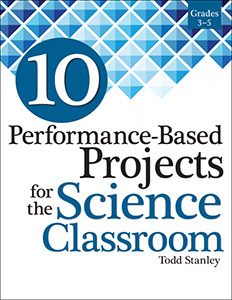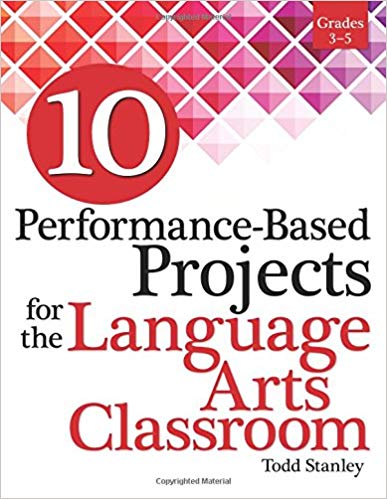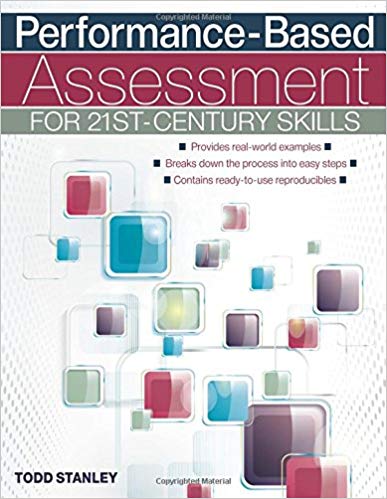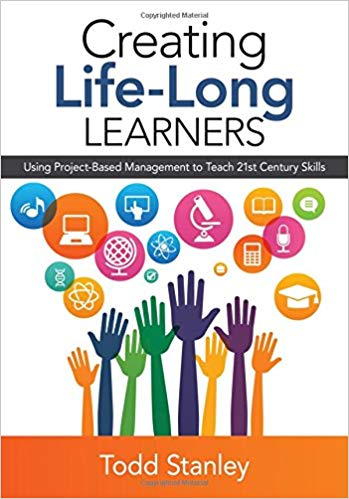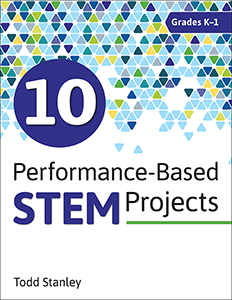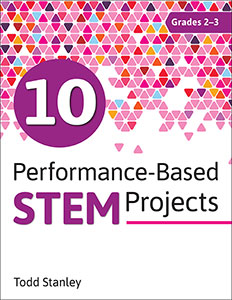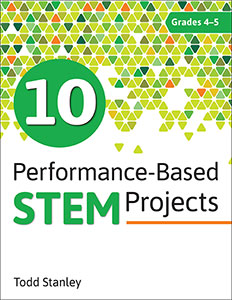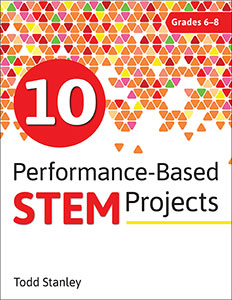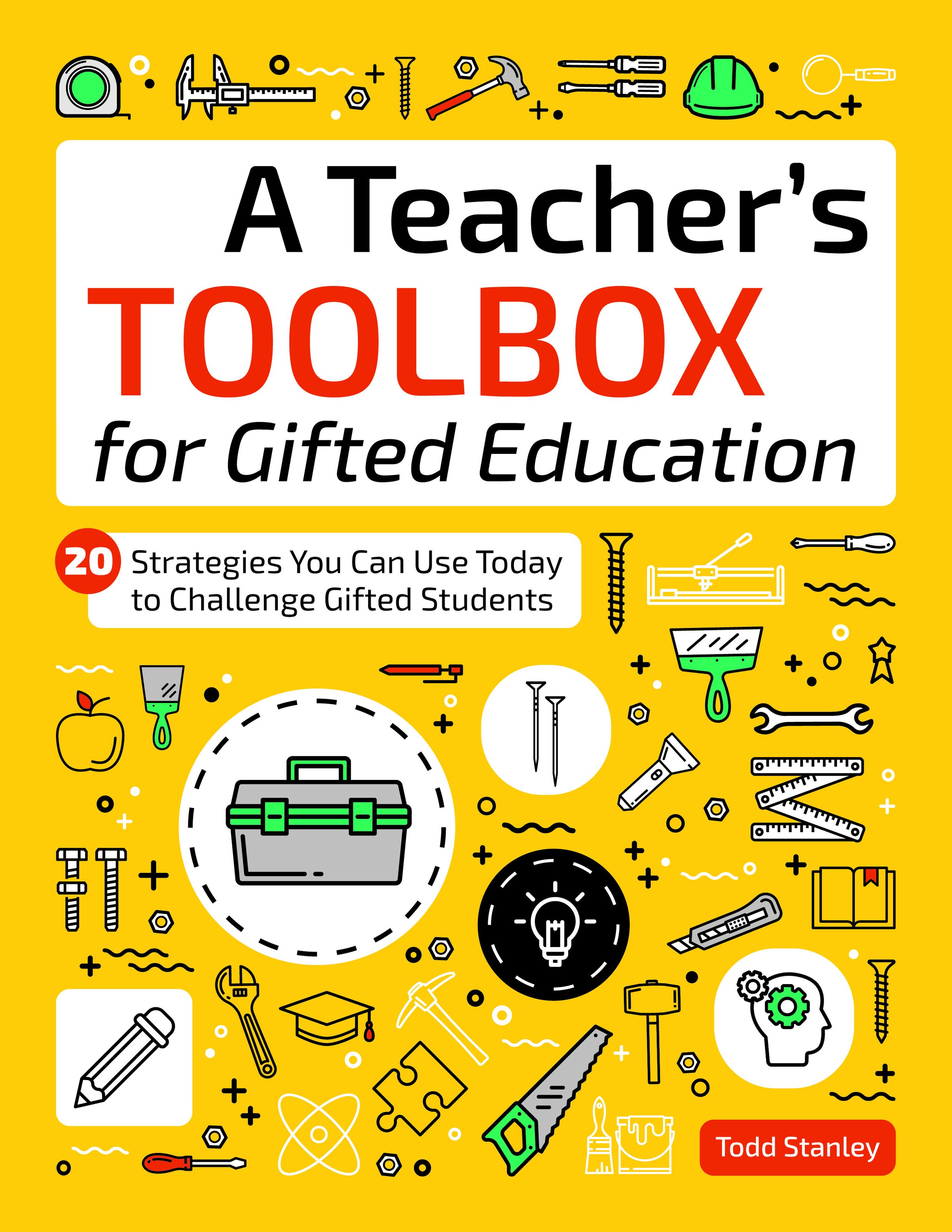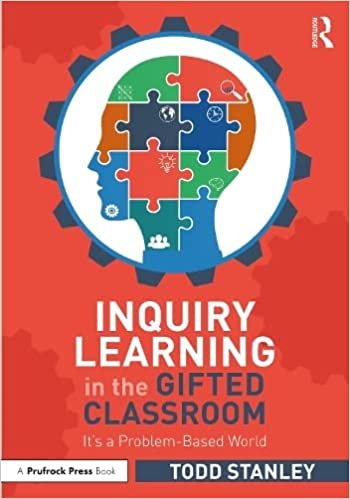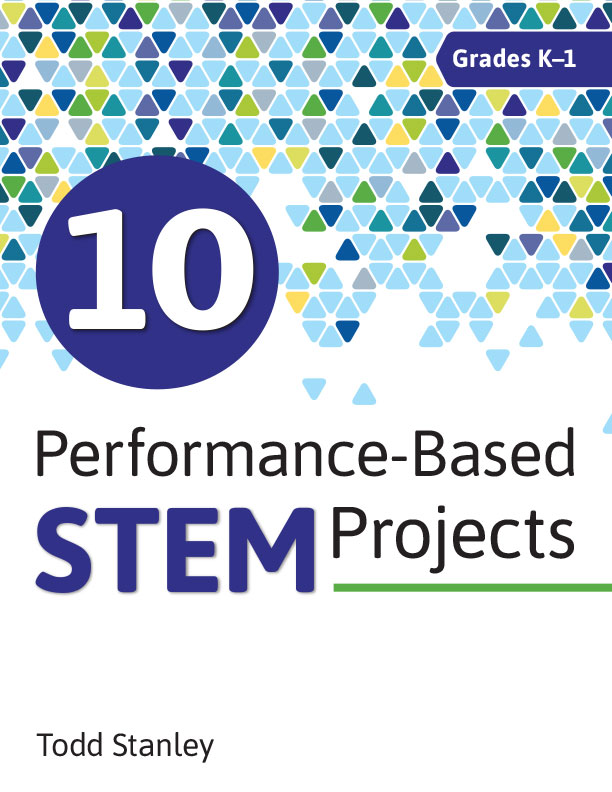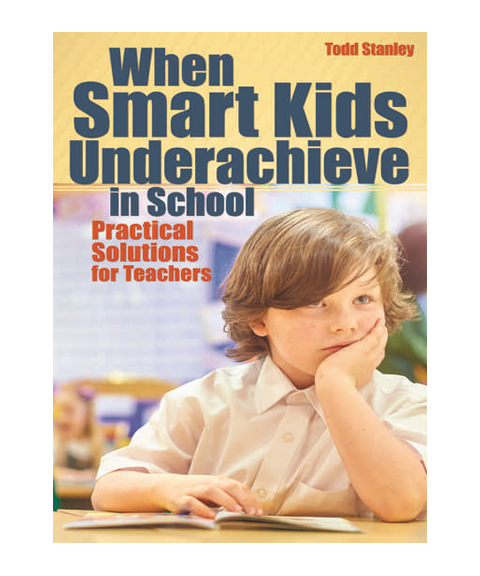
All of my books can be purchased at Amazon and many can be found on the Routledge website. Click on the titles to be taken to Amazon.com where you can see the books for yourself.
Letting Student Voices Shine provides a clear curriculum for improving public speaking competencies, including a progression of mastery, implementable classroom activities, video demonstrations, and rubrics for helping teachers to evaluate and students to improve. In addition to instructional and example videos created specifically for this book, chapters also feature TED Talk examples – the gold standard for effectively conveying accurate, easy-to-understand information to a target audience – to illustrate key points on what does or doesn’t work, and why.
Inquiry Learning in the Gifted Classroom takes readers step-by-step through the process of integrating, managing, and assessing problem-based learning (PrBL).
PrBL challenges students to think about problems in a logical manner, providing a structure for problem solving that can be used in any situation. Chapters begin with learning objectives and conclude with an activity designed to help readers master PrBL. Detailed, timely examples serve as guides that teachers can look to as they outline their own curriculum as well as helpful graphic organizers to aid in student assessment.
Introduction to Gifted Education presents a well-researched yet accessible introduction to gifted education, focusing on equity and supporting diverse learners. Inclusive in nature, this essential text is filled with varied perspectives and approaches to the critical topics and issues affecting gifted education.
Chapters cover topics such as gifted education standards, social-emotional needs, cognitive development, diverse learners, identification, programming options, creativity, professional development, and curriculum.
Proud and humbled to have written a chapter on assessment for gifted students to this comprehensive guide to all things gifted.
Provides teachers with 20 field-tested strategies to use with gifted students that can be implemented almost immediately. This book: Features a quick-start guide to each strategy, followed by in-depth tips and implementation ideas. Includes strategies for reading lists, enrichment activities, project-based learning, tiered station rotations, and more. Is ideal for any educator who works with gifted students. Includes strategies that can be used across subject areas and grade levels. Helps teachers provide enrichment opportunities beyond the core curriculum. This book is perfect for differentiating instruction, promoting rigor and depth and complexity, and supporting educators' professional learning.
What this book sets out to do is to change the mindset about schools as being places someone goes because they have to, rather than going because they want to. To take the love of learning every student possesses and make school the place where this can happen. The idea behind this book is that teachers can use the strategies shared to make their classrooms places where students want to go to learn, to help to motivate not just the unmotivated, but to inspire those kids who once loved going to school. This book seeks to answer that age old question, how the hell do we motivate these kids.
“Do any of your students lack motivation? Can it be a challenge to get certain students to put forth a strong effort? Well, in How the Hell do we Motivate These Kids, Todd Stanley describes dozens of teaching strategies and classroom activities that any teacher could use to increase student motivation and improve student learning in their classroom WITHOUT relying on grades to be the carrot on a stick! Read about a few strategies today, and use them in your classroom tomorrow! Stanley is a true classroom practitioner who has taught multiple grades from third through high school, as well as being a gifted/talented teacher.” – Paul Solarz, Author, Learn Like a PIRATE
Project-Based Learning for Gifted Students: A Step-by-Step Guide to PBL and Inquiry in the Classroom outlines how to implement PBL in the gifted classroom. This fully updated second edition:
- Guides teachers to create a project-based learning environment in their own classroom.
- Includes helpful examples and reproducible lessons that all teachers can use to get started.
- Focuses on student choice, teacher responsibility, and opportunities for differentiation.
- Provides a step-by-step process for linking projects with standards and finding the right structure.
- Helps build a practical and engaging classroom environment.
Use this must-have guide to challenge students' thinking, promote rigor, and build engaging authentic, real-world, inquiry-based learning experiences.
Enrichment Activities for Gifted Students outlines a variety of extracurricular academic activities and programming options for gifted student talent development.
Enrichment Activities for Gifted Students provides everything busy educators need to know about offering, funding, and supporting enrichment activities and programs that develop students' content knowledge and expertise, build valuable real-world skills, and extend learning beyond the walls of the classroom.
“Another fine addition from Todd Stanley, this work is aimed at in service educators of gifted students, but could also be used by home schools, administrators and even parents to search out extracurricular activities. The work includes groups that some are nearly one hundred years old to ones that have come about in recent years. Stanley includes not only links to these groups, but explains how to set up the group and how it operates on a small scale.” - Lewie Dunn, Georgia Military College
Click on the title above for a free PDF version of the book.
What this book seeks to do is give teachers and
coordinators the tools to engage these parents so that they are working collectively together toward the same goal rather than independent of one another. This engagement can come in many forms from day-to-day communication, to imbedded engagement in the school, to acting as a parent support group of gifted students. Ultimately the book seeks to guide the teacher or coordinator to create a gifted community where parents feel heard, teachers are valued, and
gifted students reap the benefits.
Promoting Rigor Through Higher Level Questioning equips teachers with effective questioning strategies to challenge students to think critically, as well as to explore their innate curiosity and imagination. Understanding the levels of Bloom's taxonomy is the key to being able to formulate higher level questions for use in students' assignments, assessments, day-to-day activities, and classroom discussions. But simply asking questions is not enough. Teachers must create a culture in which students expect and can engage in rigorous, higher level questioning and discussions, and are comfortable enough that they can ask those questions of one another and themselves. Promoting Rigor Through Higher Level Questioning explores the power of questioning and how it can transform your classroom into an environment in which lively, in-depth dialogue becomes the norm.
“I believe this book will be a great help to teachers who are trying to add rigor to their class. One of the most important things that the author does is to remind the reader that there is a difference between rigor and difficulty. Just making things harder is not rigor, nor should it be the goal that teachers have in mind when they are trying to increase rigor. Instead, the author tells the reader that rigor is using questions that require higher levels of thinking instead of just doing more work. I highly recommend this book to anyone wanting to bring rigor to their class.” Ambrithill, Library Thing
Case-based learning brings authentic, real-world learning to the classroom. A prominent educational strategy in professions such as medicine and law, case-based learning has long been an effective way to master knowledge. Doctors study past cases to plan successful treatments and learn from mistakes, while lawyers often review old cases to understand important legal precedents. Case studies are a valuable part of their education―just as they can be for your students. Like inquiry-, problem-, and project-based learning, case-based learning is a crucial component of any authentic classroom. Students study problems that have occurred or could occur in the real world and develop solutions, utilizing critical thinking, creativity, and imagination to answer questions that don't always have one right answer. This book provides strategies, examples, and resources for implementing case-based learning across the disciplines, as well as a detailed walkthrough of how to create your own lessons that use case studies to transform students' thinking and foster 21st-century skills.
“The way that the case-based studies are presented makes for a more real world experience for students. This is one of those books that should be found in a good middle or high school media center for use by all educators.” - Lewie Dunn, Georgia Military College
Writing a rubric that can accurately evaluate student work can be tricky. Rather than a single right or wrong answer, rubrics leave room for interpretation and thus subjectivity. How does a teacher who wants to use performance-based assessment in this day and age of SMART goals find a way to reliably assess student work? The solution is to write clear rubrics that allow the evaluator to objectively assess the student work. This book will show classroom teachers not only how to create their own objective rubrics, which can be used to evaluate performance assessments, but also how to empower their own students to create rubrics that are tailored to their work.
“Todd Stanley has written a practical, thorough guide for creating rubrics to evaluate student work. His instructions are clear and to the point. He provides examples of effective and ineffective rubrics. He shares how to assess hard-to-measure skills such as collaboration, curiosity, initiative, and more. He describes how to write rubrics and how to assess their reliability and validity. He discusses how to use rubrics to grade student performance. Those teaching at any level, including higher education, will benefit from this guide.” - Mitchell R. Alegre, Vine Voice
10 Performance-Based STEM Projects for Grades K-1 provides 10 ready-made projects designed to help students achieve higher levels of thinking and develop 21st-century skills while learning about science, technology, engineering, and math. Some of the projects include:
- Art Bot
- Crack the Code
- Everyone is Playing It
“I really like the layout and pacing of this book. I think the materials required to complete the projects are all very reasonable and most teachers would already have them on hand. I will definitely be adapting some of these projects to complete with my PreK students!” -- Sydney Span, Teacher
10 Performance-Based STEM Projects for Grades 2–3 provides 10 ready-made projects designed to help students achieve higher levels of thinking and develop 21st-century skills while learning about science, technology, engineering, and math. Some of the projects include:
- Paper vs. Plastic
- The Inkblot Test
- Redesigning the Classroom
“Very well-written. The projects are clearly described with step by step plans for implementing the lessons. The author has selected topics that demonstrate how critical thinking and analysis are useful in real world situations and the projects foster collaboration among students.” -- Hope Hightower, Teacher
10 Performance-Based STEM Projects for Grades 4–5 provides 10 ready-made projects designed to help students achieve higher levels of thinking and develop 21st-century skills while learning about science, technology, engineering, and math. Some of the projects include:
- Pumpkin Catapult
- Egg Drop Challenge
- The Game of Economics
“There are a lot of things I love about this book! It is an easy to follow book, with great lesson plans for the children. It brings a bunch of new ideas into my classroom and makes it fun for them to learn.” -- Katie Hestness, Teacher
10 Performance-Based STEM Projects for Grades 6–8 provides 10 ready-made projects designed to help students achieve higher levels of thinking and develop 21st-century skills while learning about science, technology, engineering, and math. Some of the projects include:
- You Be the Teacher
- Escape Room
- Who If You Paid the Bills?
“I gave this book to my cousin and she used it with her 7th graders. All of the kids loved it so much. She says that the projects that she used worked extremely well with her curriculum and that it was very informative.” -- Audrey Jozwick
This book offers teaching strategies that allow educators to provide students with authentic learning experiences that they can apply to their lives in school―and beyond. Beginning with a justification for authentic learning and how it teaches 21st-century skills, each subsequent chapter discusses a specific strategy and how it allows for authenticity. Strategies include project-based learning, problem-based learning, inquiry learning, and simulations. The book also includes a section on how to create lessons across the curriculum, so that students learn how all of the subject areas fit together, rather than just looking at the separate puzzle pieces. The book concludes with specific tactics that can be used inside and outside the classroom to bring the real world to students.
“This book deals with one of the specific issues of the classroom: its lack of real-life relevance. In order to make material appear meaningful, a number of tricks can be employed to motivate students and get away from materials that are produced specifically for the classroom environment. Lots of good ideas here that can be used for any number of topics and in any number of subjects, from Math and Science all the way through Language Arts.” -- Anne Denney, Teacher
When Smart Kids Underachieve in School: Practical Solutions for Teachers takes a look at the 10 most common reasons why some smart, advanced, and gifted students do not reach their achievement potential. Reasons for underachievement range from social-emotional needs, lack of proper programming, not being challenged, and potential learning disabilities. Each chapter discusses a different cause and three practical strategies that can be used to overcome it. Useful for teachers, counselors, gifted coordinators, and administrators, this book is an easy-to-read, must-have resource for any educator looking to identify, understand, and reverse underachievement.
"When Smart Kids Underachieve in School" is an easy-to-read and essential instructional resource for any educator looking to identify, understand, and reverse underachievement.” --Midwest Book Review
These 10 math projects are aligned to the Common Core State Standards, allowing students to explore and be creative as well as gain enduring understanding. Each project represents a type of performance assessment, including portfolios, oral presentations, research papers, and exhibitions.
Some of the projects included are:
· Having Your Math and Eating it Too
· Playing Store
· Coordinate Plane the Dots
· You Are What You Eat?
“This teacher's math workbook is part of the 10 Performance-Based Projects series which provides good opportunities for advanced learners to integrate their math learning with other 21st century skills, including flexible thinking, collaboration and presentation . . . For teachers interested in adding some additional hands-on activities to their math curriculum, this workbook can be useful resource to use.” --Mindprint Learning
These 10 ELA projects are aligned to the Common Core State Standards, allowing students to explore and be creative as well as gain enduring understanding. Each project represents a type of performance assessment, including portfolios, oral presentations, research papers, and exhibitions.
Some of the projects included are:
· Recommended Reading
· It’s a Mystery
· You Could Be the Next S.E. Hinton
· Greatest Historical Mysteries
“I was pleased with the project choices, the fluidity of the tasks in each selection that made the material relevant to most any grade/topic, and the easy-to-follow format that allowed me to incorporate the performance based tasks immediately. I will definitely be utilizing Todd Stanley's text again in my classroom.” --Jennifer Wirtz, MiddleWeb
These 10 science projects are aligned to the Common Core State Standards and the Next Generation Science Standards, allowing students to explore and be creative as well as gain enduring understanding. Each project represents a type of performance assessment, including portfolios, oral presentations, research papers, and exhibitions. Some of the projects included are:
· Survival of the Fittest
· Dinosaurs on Trial
· City of the Future
· Is the Weatherman Always Right?
“[T]he problem-based learning projects will help children achieve higher levels of thinking skills and develop projects that relate to 21st Century skills. Projects are aligned with Common Core Standards and Next Generation Standards. The book is designed for use in grades three to five but could be adapted for middle school science classrooms.” --Ruth Ruud, NSTA Recommends
Where K-12 instruction once centered on content and memorization, today’s educators want, most of all, to teach their students to think critically and perceptively. What better way than with project-based learning (PBL)? Author Todd Stanley provides a teacher-friendly, step-by-step approach to implementing PBL, showing readers how to:
Use project and classroom management skills to create a positive, productive learning environment
Develop curriculum around ten different project types
Link projects with today’s standards
Teach students how to effectively collaborate and bring out the best in each other
"This book presents a well-organized framework for the educator interested in creating opportunities for students to learn successful skills for the future. It is a complete guide for philosophy, planning, implementation, and assessing the 21st century classroom." -- Avis Canty-Duck, Teacher
Performance-based assessments allow classroom teachers an alternative to traditional multiple-choice tests. We often use fill-in-the bubble assessments in education to determine the readiness of students. However, in the 21st-century workplace, these types of tests fail to truly prepare students. How many times in the real world are we called upon to take a multiple-choice test? In the real world, we are called upon to prove our merit through performance-based assessments, displaying our 21st-century skills. We should be preparing students for this in the classroom. Performance-Based Assessment for 21st-Century Skills makes the argument that teachers should use performance-based assessments in the classroom. It guides the educator step by step to show how he or she can create performance-based assessments for students, including what they look like, teaching students how to create them, setting the proper classroom environment, and how to evaluate them.
“There are many different ways to assess knowledge today aside from just taking a test. 'Performance-Based Assessment for 21st-Century Skills' is a great tool for teaching skills useful today and tomorrow. Covering everything from public speaking to portfolios to Internet scavenger hunts, Stanley offers a detailed explanation of each activity as well as a thoughtful list of pros and cons. The book also contains a wonderful section on how to create rubrics for the activities as well as examples. The reproducible section alone is worth the price of the book. A definite must for any teacher.” -- Mandy Marie, Teacher

